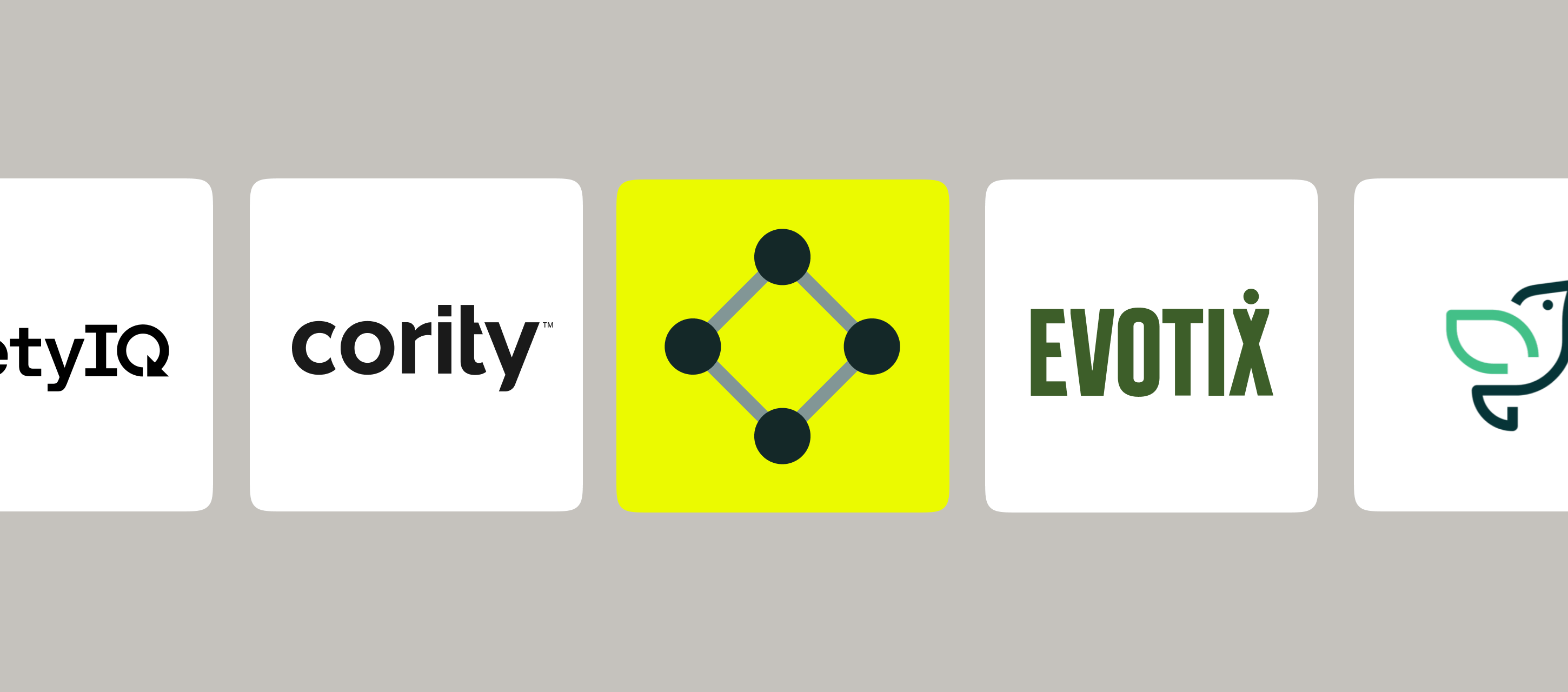Mobile applications can empower asset and facilities managers to categorize, monitor and track equipment anywhere at any time. Discover mobile apps that integrate with sensors and other systems and allow for offline access to enable users to take readings in the field, regardless of the availability of cellular networks, satellite service or wireless internet connections, and then upload this data when connectivity is restored. Find out how using the right mobile apps can optimize equipment and inventory management.
How Do You Manage Tools and Equipment?
Enterprises that use mobile devices and trackers gain access to real-time equipment status updates. Resource management professionals should be able to easily and quickly confirm the status of every piece of equipment in a fleet or inventory. If this capability is lacking, an enterprise should consider updating its equipment management systems.
Mobile apps can provide much of the functionality of computer software programs on cellular, satellite or wireless network-enabled mobile devices, such as smartphones or tablets. These applications make it possible for users to enter data in the field, and features such as offline access make it possible to maintain records on equipment situated beyond the reach of mainstream networks, or during satellite outages.
From making it easy for users to complete checklists or make notes during equipment inspections to automated approaches to taking, recording and reviewing sensor readings, the right mobile tools can help field-based operations and services characterized by heavy or specialized equipment to operate at optimal levels of efficiency.
Why Is Maintenance Inventory Management Critical?
Inventory management matters because most heavy machinery and specialized equipment is a costly investment. This constant capital requires regular maintenance in order to operate at optimal efficiency, and may break down and cause unexpected outages without routine upkeep.
Management systems geared towards inventory maintenance are designed to make it easier for stakeholders to keep track of assets and monitor equipment condition. There are several ways in which these systems could prove critical:
- Anticipate service: Systems that give stakeholders the tools they need to manage and maintain equipment, tools or inventory make operations more proactive.
- Communicate status: Inventory management and maintenance systems notify users of relevant status changes to streamline operations.
- Maximize ROI: Owners and stakeholders can get more out of investments by managing equipment and tools.
- Minimize loss: Tracking assets can enable stakeholders to reduce losses due to preventable damage or property crime.
The time and money saved by taking a preventive or proactive approach to maintaining inventory cannot be overestimated. Being aware of the condition and status of equipment can help stakeholders make more informed decisions about workloads, scheduled maintenance and the expansion of inventories or fleets.
“Ensuring My Crew Feels Confident Handling the Equipment”
How Dyna Crane, an overhead crane service provider, uses digital safety checklists to keep their equipment maintained, serviced and compliant.


What Goes On an Inventory Form of Tools and Equipment?
An inventory form for tools and equipment should include fields for specifying the type of equipment, the particular equipment unit and the data most relevant for ownership, maintenance, repairs and replacement. It is a good idea to record the date on which equipment was provided. Digitized records make it possible to attach proof-of-purchase materials that could come in handy in the event that an equipment owner needs to make a warranty claim.
Inventory forms for operational equipment should include the date of last service, and may specify future dates by which certain critical components are likely to require replacement. The ability to refer to detailed inventory forms makes it easier to plan periodic maintenance geared towards preventing problems in advance of unexpected malfunctions, service interruptions or outages.
What Are Company Equipment Management Best Practices?
Facilities and equipment managers should strive to maintain best practices for the industry in which an enterprise operates. The types of assets and equipment in use vary widely from field to field, but the best practices for ensuring that owners and stakeholders glean maximum productivity and value from equipment are common across most sectors. Here are a few measures that are recommended for operations that are characterized by dedicated tools or equipment:
- Manage assets on a central platform: Using a centralized platform to manage assets makes it easier to keep an eye on the status of equipment or tools, and communicate updates to stakeholders.
- Set up checklists for routine processes: Checklists can be set up to promote compliance during equipment inspections, maintenance or repairs.
- Save time by automating equipment management: The day-to-day management of functioning equipment should be able to continue, for the most part, without manual input from stakeholders.
- Optimize based on asset condition and KPIs: Monitor the condition and productivity of equipment, and make informed and strategic choices to optimize productivity and minimize the risk of emergency shutdowns and costly repairs.
These best practices can apply to vehicle fleets and industries operating field equipment. Some enterprises may have unique equipment and tool management needs, but customizable asset and workflow management software can be set up to support most operations.
What Do You Need in an Equipment Management App?
Some applications are designed for managing particular types of tools or equipment. The functionality of these systems may be limited, along with available integrations. In exchange for a highly specialized but tightly-bound purview, enterprises may gain an inventory management system that works right out of the box with minimal customization.
More open-ended applications can be customized to account for all the types of equipment, tools or inventory an enterprise needs to track. These applications may require a more involved set-up and implementation process. In addition to broader built-in integration support, the process of setting up these platforms may offer opportunities for API development, or other technical measures, to develop the best equipment and workflow management solution for a given operation.
How Do You Implement a Mobile App for Managing Equipment?
Facilities and equipment managers striving to reduce cost improve efficiency in construction should start by evaluating the systems already in use at an enterprise. Platforms that offer mobile applications for Android and iOS smartphones, tablets or other internet-ready devices can facilitate the management of assets and equipment in the field or across a fleet.






